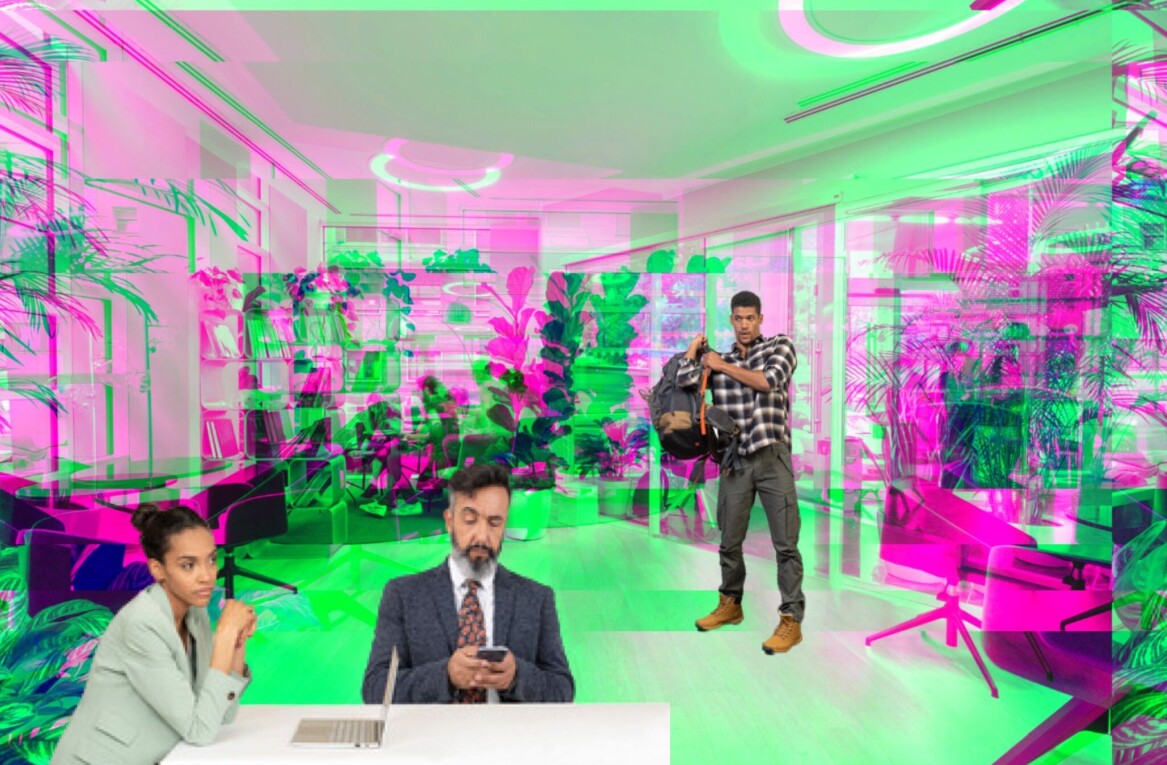
Tlacael Esparza is the co-founder and CTO of Sensory Percussion. This post is part of the Lessons Learned series featuring NYU entrepreneurs’ first-hand accounts of challenges faced in starting a business and the lessons learned along the way.
I admit to a considerable amount of hubris before entering the Summer Launchpad program nearly three months ago. I was excited to have the support and guidance of SLP while my brother (also, my co-founder) and I figured out how to turn our prototype into a business.
But, I found the idea of doing 10 to 15 customer interviews a week daunting and distracting. How can I commit to “getting out of the building” when I have so much more work to do building and improving our first product?
As a musician and the lead product designer, I had a clear idea of the problem I wanted to solve, and I knew what I wanted to build – after all, I was building it for myself!
So, launching into customer discovery felt unnecessary at the time. Further, I had such strong convictions about drumming and the state of electronic instruments that I was certain my peers would feel the same as way I did.
However, going through the customer development process showed me the danger in that kind of thinking. In talking to musicians and music producers, I was able see that our value proposition resonated strongly with our target customers.
Yet, there was a lot to be learned about how our competitors’ products are perceived and used and how Sensory Percussion would fit into the current eco-system.
While my initial pride and preconceived ideas going into customer development interviews posed a initial challenge, my brother and I found an approach that worked.
Here are some tactics culled from our wonderful teachers at SLP, the lean startup corpus of knowledge and from our own trial and error during customer interviews that I found most helpful.
1. Prepare a standard list of questions
To ensure that overall results from interviews are interpretable and meaningful, use the same set of questions for all interviews. Of course, these questions should be cleared of bias and leading responses.
In many interviews, especially with highly-skilled, professional drummers, I felt a desire to skip certain questions that I felt were too obvious. However, the answers to such simple questions continually surprised me and helped to form a better overall understanding of our customer base.
2. Designate a neutral interviewer to ask questions
In the beginning, I found our first several interviews trying because I felt a strong urge to interject my own experiences, thoughts and opinions. So, for the first couple weeks, I handled only note taking until I got the hang of the process.
3. Avoid describing the product before or during the interview
Although I found it hard to not sell what we were working on while scheduling interviews, especially with drummers who I knew would be excited about it, it’s important to keep interviewees in the dark in order to get un-biased responses. Simply knowing what the product is can lead the customer’s answers.
4. Ask each interviewee to connect you with other people to interview
Drumming is a pretty specific and relatively small scene, and so we found it difficult to find drummers to talk to at first. However, many of our later interviewees were secondary connections through the first few people we interviewed.
5. Make an effort to go beyond your own circle
One of the deficiencies I saw in our customer interviews is that we didn’t successfully break out of our own network of musician friends, despite referrals to secondary connections. Most of the musicians I know are in indie-rock, jazz, experimental and electronic music, and we did not interview musicians from other genres. This is a deficiency that we will have to correct in the coming months.
The customer development process showed me that it’s never too early to start customer interviews. However, it can be too late. Although I had wanted to finish the product first and jump straight to user testing, going out and talking to potential customers helped focus and clarify my ideas before building something that I would have had to redesign in the end.
So if any of this feels familiar, don’t be afraid to get out there and talk to people first. It can only help and can potentially save you from building something that only you will want to use.
Read next: Getting beyond the use case: How to get the most out of customer interviews
Get the TNW newsletter
Get the most important tech news in your inbox each week.






